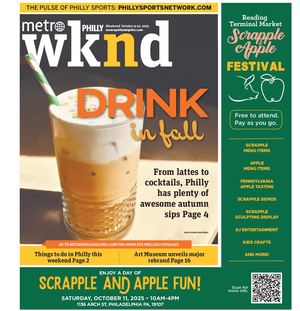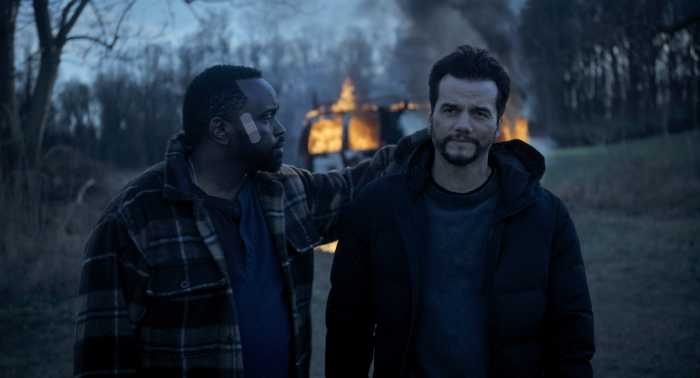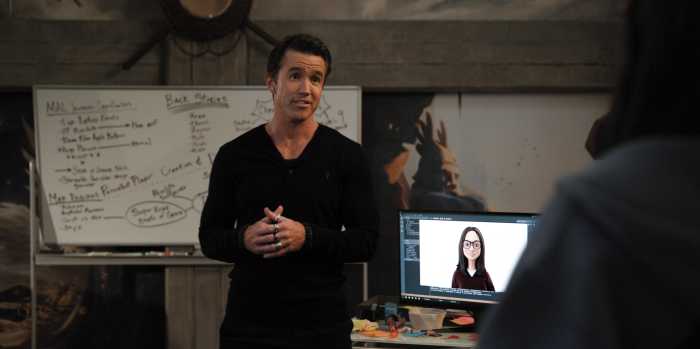Tony DiTerlizzi’s ‘The Search for Wondla’ book trilogy is continuing to come to life at Apple TV+. The story follows Eva, the last known human in her sanctuary who must survive obstacles in a post-apocalyptic world where humanity has retreated underground. With Season 2 approaching, DiTerlizzi and Showrunner / Executive Producer Bobs Gannaway sat down with Metro to delve into the sophomore chapter of the animated show, and what fans can expect of this evolving story.
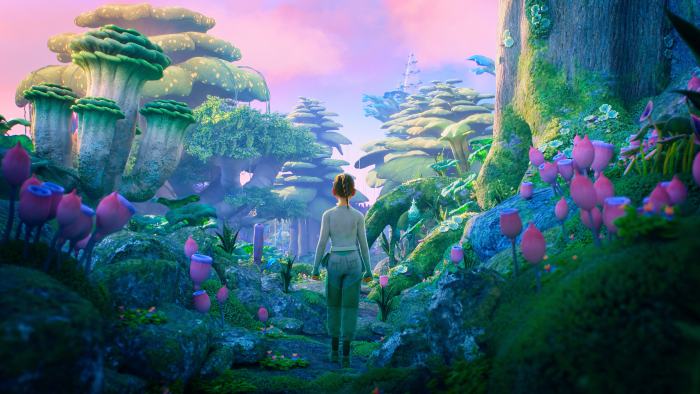
Tony, what parts of the story were you most excited to see come to life on screen?
DiTerlizzi: The great thing about Bobs and everybody at Skydance Animation that made this such an enjoyable experience for me was their openness to hear what the important aspects of the story were, and what I really wanted to see carry through to the series. So I would say in Season 1, I wanted to work and convey to them more in abstracts so that they could get in and create their own version of the story.
For instance, as opposed to making Eva’s sanctuary look just like the sanctuary in the book or the Wandering Forest look just like the Wandering Forest in the book, I was more like, it’s merely about a contrast. It’s this antiseptic, sterile environment, this lab that she grows up in, and then the contrast of that with the wild space alien world that she’s going out in.
That, for me, stemmed from just a respect and love of animation and the incredible people that worked on the show. I wanted them to be able to do their thing. I’d already done my thing in the books, so I wanted Bobs and everybody on the team to do what they do best. That said, I think we used the same approach in the second season. Obviously with New Attica, the human city, that was one of the settings I was most excited to see how they would interpret that world and the philosophies of that world. And they did a spectacular job.
Fantasy can be a vehicle to look at themes and issues we deal with in the “real” world. What does ‘Wondla’ explore?
DiTerlizzi: This was something that was really important for me to convey. I knew how to write that in book speak, but I wasn’t sure how to do it in a script or an animation. So again, this is where you convey those themes as the creator and hope that they can figure out a way to get that in the acting, the performance and the story of the characters. I think the first season was primarily about family and what constitutes family.
When I wrote [the books], I had just turned 40, my daughter was born, and I was thinking about what the world would be like when Sophia was my age. I was worried about our growing reliance on technology and what that would do to us. I was worried about mankind’s disassociation with the natural world and disassociation with one another. Those are all big themes that I explore in all three books, and they’re the same themes that Bobs and everyone at Skydance really understood and wanted to help preserve and express through these various seasons.
Gannaway: We decided each season to think about—just like Tony’s chapter titles—what’s one word for it? For the second season, we focused on home. She [Eva] arrives at what she thinks is home, the human colony, and then we start to question, is this the right home? Is this your home? And how do you define home? So we did try to have at least an overarching thematic North Star for each season. So the second season focuses on home.
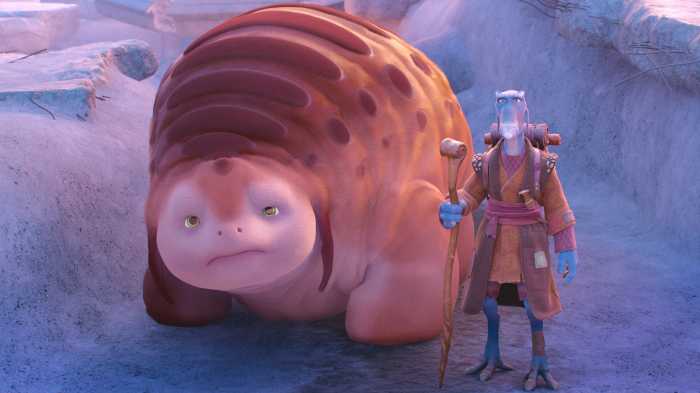
The voices are obviously a huge part in the story. What does the recording process look like? Especially since on Season 1, there were over 200 recording sessions, and I’m sure just as much in Season 2.
Gannaway: We could talk a long time about that part of the process. The way I like to work is you have a character design and you listen to voices, and you’re listening for a voice that feels like it’s coming out of that character. It’s almost like blind casting. It’s not about the name, it’s about does it look like that voice is coming from that drawing. You’ve got to quickly forget that it’s a creature, or whatever, and connect to it on a human level. [Picking the voices], it’s like the dating game. We actually have a piece of paper with just 1 through 9 written on it and a blank face next to it, and you listen and you write down—I like this or I like that. And then everybody compares and we turn it over and see who that was.
Then, our process is both collaborative and iterative in that we don’t shoot edit and we’re done. Our stories go through multiple screenings, five, six screenings of each episode where we throw it together, we watch it, we make notes, we tear it down and we rebuild. So you’re constantly re-recording because lines have changed and emotions have changed. And often you record actors separately. So one actor might do something and then now you want to go back and get this actor to respond in a similar way.
Why was animation the right vehicle to tell the story of ‘Wondla’?
Gannaway: Nowadays there’s almost a very blurred line between what’s animation and what’s live-action sometimes. But the wonderful thing about animation is the fact that you have control over everything. That’s both what makes it difficult, and what makes it exciting. You get to design and manage every aspect of it from what does a piece of food look like to what does an entire village stylistically look like? Which I know you do in live action as well, but [with animation] you can really get in there.
I think for this story, because of the scope of the world that Tony created, animation really allows us to not be limited by some things you would have in live action. And so we really get to build out the world and the creatures and everything to that extent. Animation is boundless.
DiTerlizzi: I’ve experienced this with the ‘Spiderwick’ books, sometimes they get so aged up that you lose a little bit of who the story’s truly for. I love the art form of animation. I grew up on animation, all types of animation from Disney to anime. So I was incredibly excited to work with the team and let the other artists add their visions to it as well.
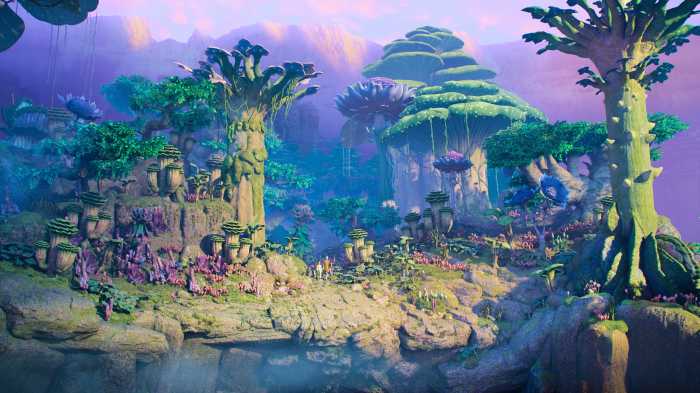
‘WondLa‘ Season 2, premieres April 25 on Apple TV+ with all seven half-hour episodes.
